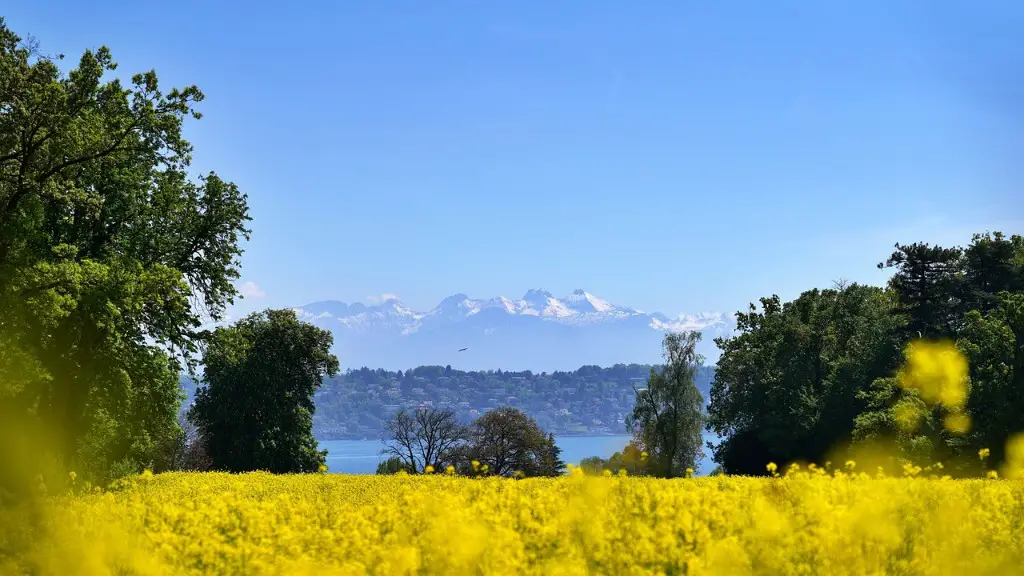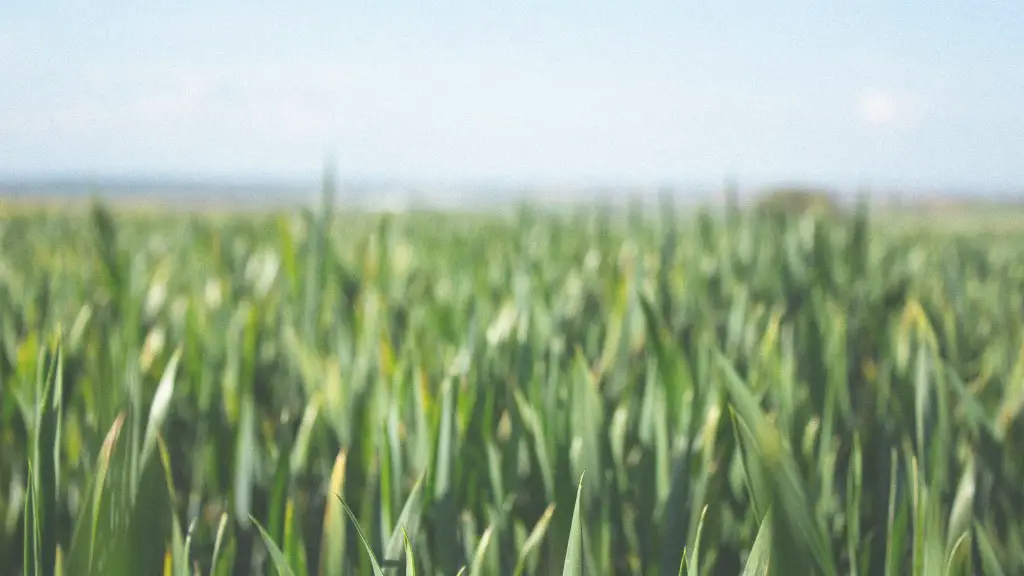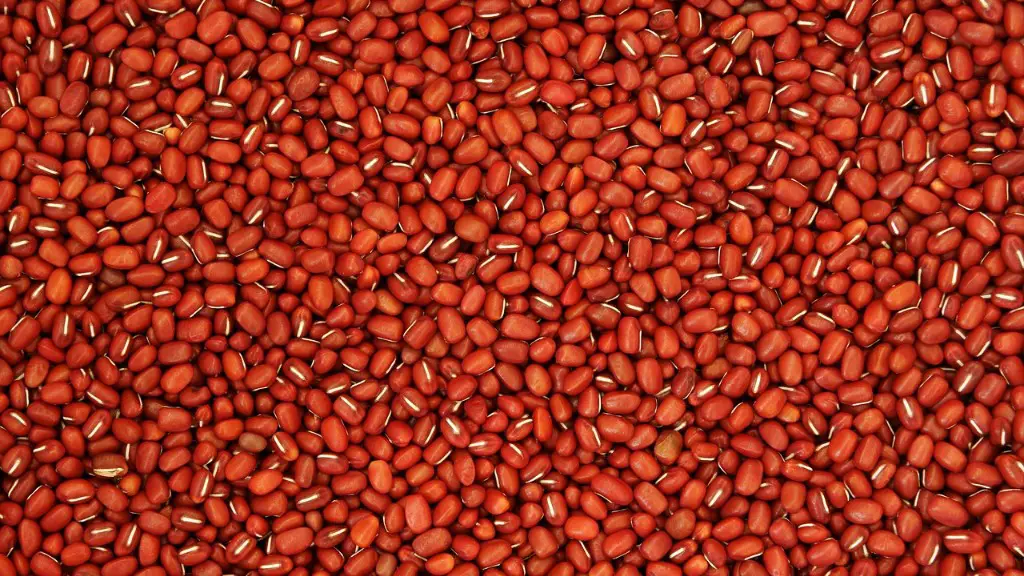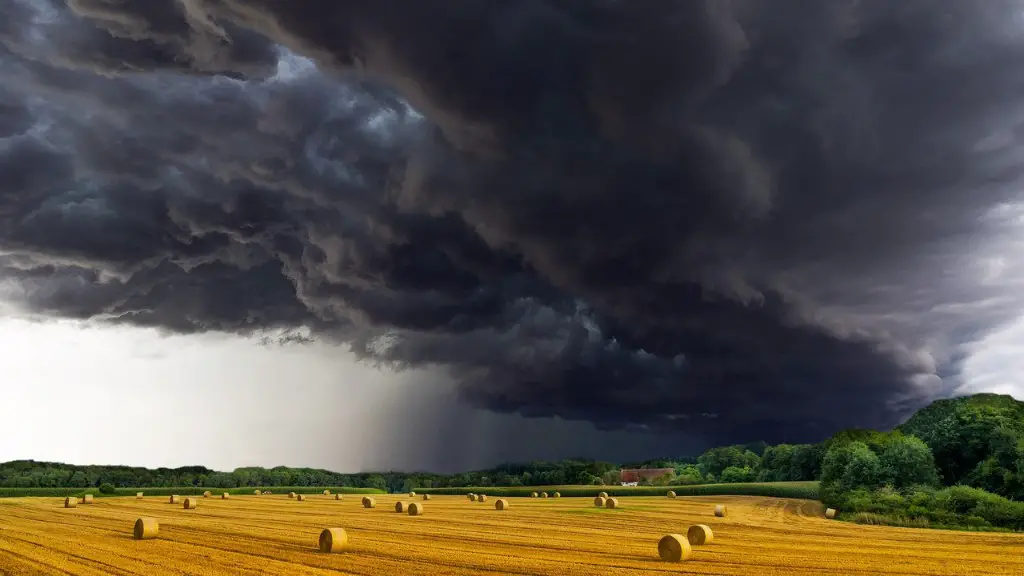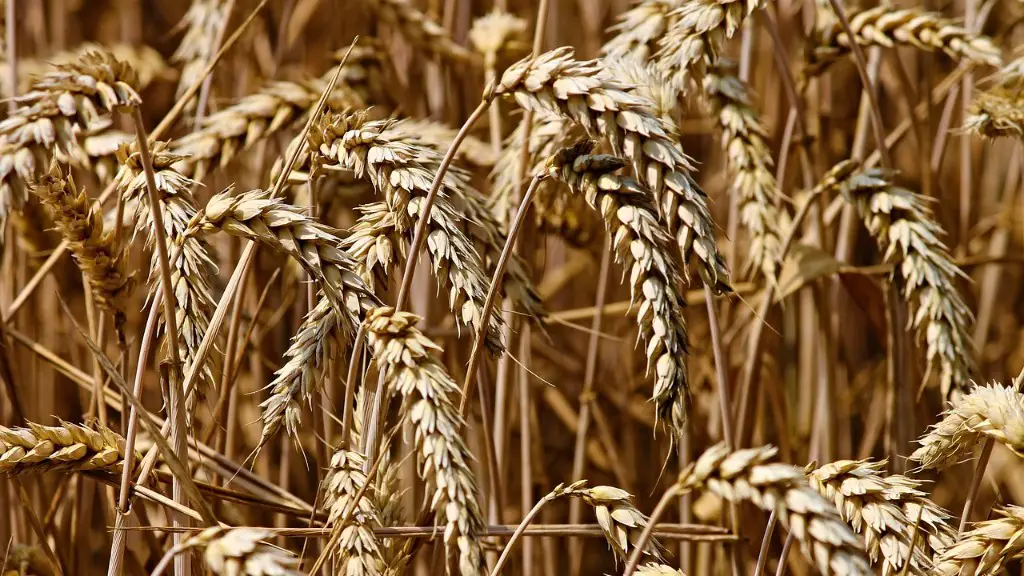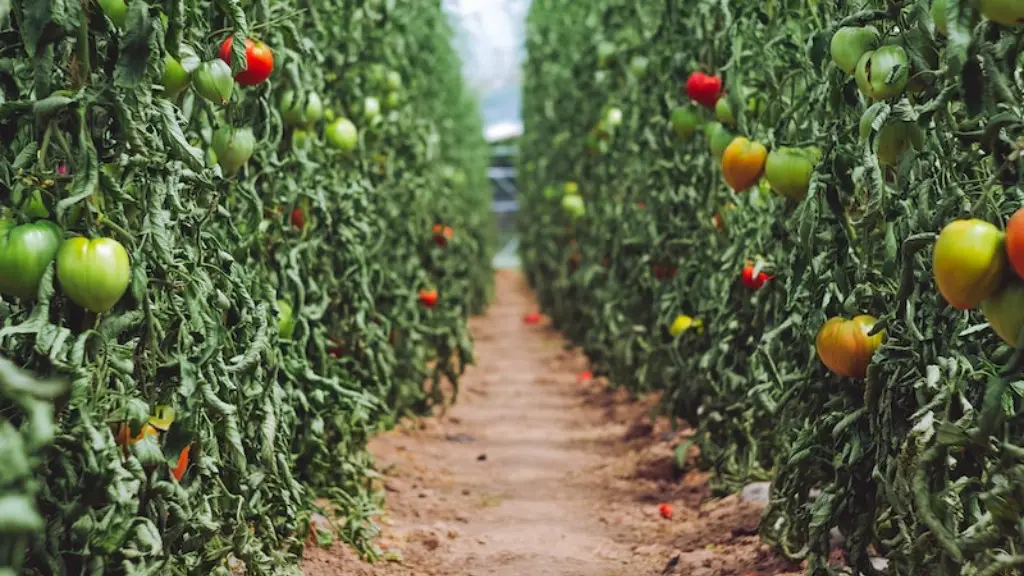Soil erosion is a naturally occurring process that is accelerated by certain human activities, including agriculture. While soil erosion is a natural process, it can have negative impacts on agricultural productivity and the environment. The main way that agriculture affects soil erosion is through the clearing of vegetation, which increases the bare ground surface and the amount of runoff from rainfall. Additionally, farming practices that involve tilling or plowing can increase the amount of soil erosion by disturbing the soil’s protective surface layer.
The main ways agriculture affects soil erosion are through tillage practices, removal of vegetation, and changes in land use. Soil erosion is a natural process that happens when water, wind, or other agents remove soil from an area. Tillage is the practice of plowing, disk harrowing, or turning the soil over toprepare it for planting. Tillage can cause soil erosion if it’s done on slopes or if the soil is already dry and loose. When there’s no vegetation to hold the soil in place, it’s more likely to erode. And finally, if farmers change the use of their land—for example, by planting a field with crops—that can also lead to increased erosion.
How does agriculture affect erosion?
Soil erosion and water pollution are major problems that farmers face. By not disturbing the soil, they can reduce the amount of erosion and runoff, which benefits crop productivity and water quality. No-till practices can also help reduce the loss of nitrogen and other vital soil nutrients.
There are many things that you can do to reduce soil erosion. One of the most important things is to maintain a healthy, perennial plant cover. This will help to hold the soil in place and prevent it from being washed away by rain or wind. Another good option is to mulch your garden beds. This will also help to hold the soil in place and prevent erosion. Finally, you can plant a cover crop such as winter rye in your vegetable garden. This will help to protect the soil and reduce erosion.
How does soil erosion affect local agriculture practices
Soil erosion is a major problem for agriculture. It removes the valuable topsoil, which is the most productive part of the soil profile. The loss of this topsoil results in lower yields and higher production costs. When top soil is gone, erosion can cause rills and gullies that make the cultivation of paddocks impossible.
Soil erosion is a huge problem for farmers all over the world. It can be caused by a number of factors, but the primary ones are excessive fertilization or irrigation, conventional tillage, monocropping, and overgrazing. If farmers want to protect their soil, they need to be more mindful of their practices and make sure they’re not doing anything that will contribute to erosion.
Why agriculture is a major cause of soil erosion?
Agriculture is the leading cause of soil erosion, accounting for up to 70% of the total soil erosion in the US (Figure 1). This is due to the amount of land that is used for farming, as well as the farming practices that disturb the ground. Farmers remove native vegetation and then plow the land to plant new seeds. This disturbs the soil and makes it more susceptible to erosion.
There are a number of management practices that can be used to control erosion, including cover crops, contour farming, and no till. Each of these practices has its own advantages and disadvantages, so it is important to choose the one that will work best for your particular situation. Cover crops can help to hold the soil in place and prevent it from being eroded by wind or water. Contour farming involves plowing and planting along the contours of the land, which can help to reduce the amount of runoff and prevent soil erosion. No till farming leaves the soil undisturbed, which can help to reduce the amount of erosion caused by tillage.
How does agriculture affect the soil?
Farming practices that involve tilling the soil can actually damage its natural structure. This process can kill many of the vital bacteria and fungi that live in the soil, making it more vulnerable to being washed away. Soil is not just useful for helping us grow food; it is also essential for maintaining a healthy environment.
Agriculture alters the natural cycling of nutrients in soil, which can lead to soil fertility problems and reduced crop yields. To maintain soil fertility, farmers typically need to add soil amendments, such as compost or manure, to their fields.
What are the types of erosion in agriculture
Erosion is the process by which the surface of the Earth is worn away by the action of wind, water, or ice. There are four main types of erosion: sheet erosion, wind erosion, rill erosion, and gully erosion.
Sheet erosion is the most common type of erosion. It occurs when water runs over the surface of the ground, picking up small particles of soil and rock. Over time, this can lead to the formation of small depressions in the surface of the land.
Wind erosion is the second most common type of erosion. It occurs when strong winds blow across the surface of the land, picking up small particles of soil and rock. Wind erosion can be a major problem in areas that are prone to dust storms.
Rill erosion occurs during heavy rains, when small rills form over an entire hillside. Rills are small channels that carry water down a slope. Rill erosion can make farming difficult, as the channels can prevent farm machinery from moving across the landscape.
Gully erosion occurs when water runs down a slope, carving out large channels. Gullies can be very large, and can make it impossible to cross the landscape with farm machinery.
Erosion is
Vegetation, rainfall, soil, and topography are all primary factors influencing soil erosion. Together, these factors can create a variety of different soil erosion patterns.For example, rainfall can cause soil to become saturated and lead to surface runoff. This can then cause soil particles to become detached and move downslope. Vegetation can also play a role in soil erosion by stabilizing the soil and reducing the amount of runoff. Additionally, the type of soil can also influence the rate of erosion. Soils that are high in clay content tend to be more resistant to erosion than those that are sandy or loamy.
Does agriculture cause soil depletion?
Silvia is right – tilling and other intensive agricultural practices can have a negative impact on soil structure. Tilling accelerates surface runoff and soil erosion, and can also lead to loss of organic matter and fertility. Disruption of the water, organic carbon and plant nutrient cycles can also occur.
While the development of agriculture in a region positively affects the natural life, oxygen production and climate in the region, inorganic nitrate pollution, pesticide pollution and salinity problems can be listed as the negative effects of agriculture on the environment, especially in regions where intensive agriculture is practised.
What are the main impacts of agriculture
Agriculture is a leading source of pollution in many countries. Pesticides, fertilizers, and other toxic farm chemicals can poison fresh water, marine ecosystems, air, and soil. They can also remain in the environment for generations.
Soil erosion is a very serious problem that can lead to the loss of arable land, and it can also have a negative impact on the environment and on the economy. There are many different causes of soil erosion, but some of the most important ones include rainfall and flooding, agriculture, grazing, logging and mining, and construction. Rivers and streams can also contribute to soil erosion, as can heavy winds.
What are the 6 causes of soil erosion?
There are various factors that can cause soil erosion. These include wind, water, overgrazing, deforestation, and crop rotation. Some methods of preventing soil erosion include terrace farming, building dams, and afforestation.
Desertification is the loss of arable land due to degradation. The main cause of degradation is air pollution.
What are 3 causes and 3 effects of soil erosion
Soil erosion is a real problem that can have significant impacts on the environment and human wellbeing. Some of the main causes of soil erosion are water, ice, wind, and gravity. And some of the key effects of soil erosion include the loss of fertile land and the contamination of water sources.
Soil erosion is a huge problem because it can cause irreversible damage to the land. The two main causes of soil erosion are wind and water. When the topmost layer of the soil is loose, it becomes vulnerable to the natural forces of wind and water to blow the soil particle away. This loss of topsoil particles is soil erosion, as it is an almost irreversible loss.
Warp Up
The primary way that agriculture affects soil erosion is through the clearing of vegetation. When vegetation is removed, the soil is no longer anchored by the plant’s roots. This leaves the soil vulnerable to being picked up and carried away by wind or water. Additionally, plowing and tilling lead to soil compaction, which also makes the soil more susceptible to erosion.
The effect of agriculture on soil erosion is significant. Agricultural activities can increase the rate of erosion by up to 10 times. The primary cause of this increased erosion is tillage.
